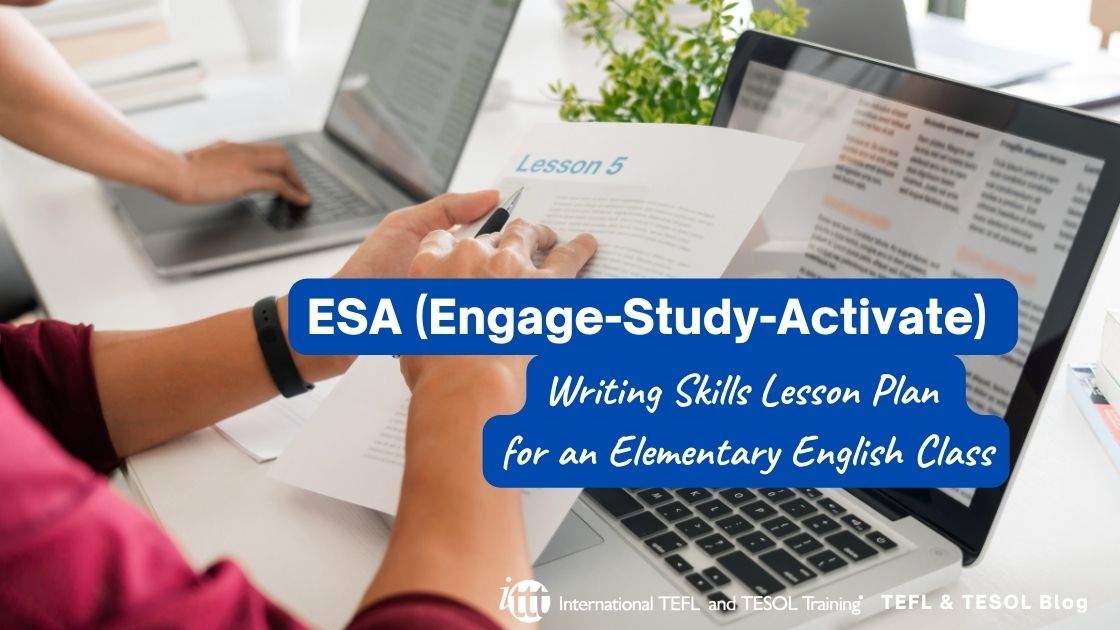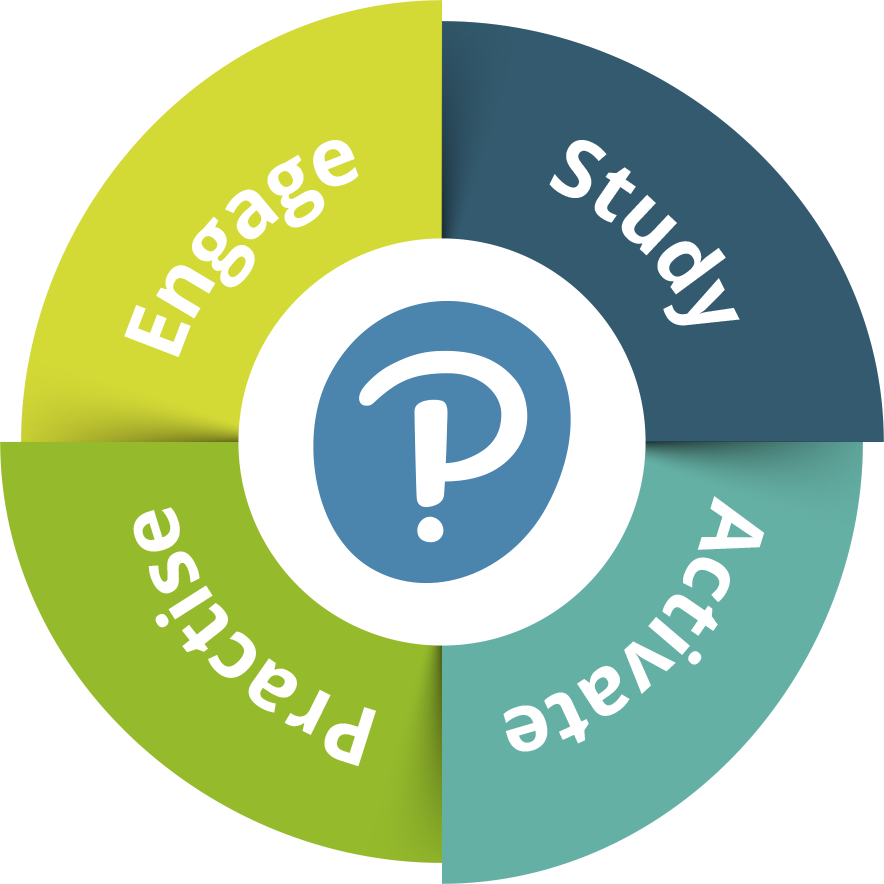
ESA (EngageStudyActivate) Writing Skills Lesson Plan for an
Engage, Study, Activate (ESA) is a method of sequencing activities in your lessons and was first proposed by Jeremy Harmer in his book, ' How to Teach English '. At first glance, ESA appears to be the same as PPP ( Presentation, Practice, Production ).

(PDF) Using “Engage, Study, Activate" (ESA) Method in Improving
The structure of a Boomerang lesson is Engage-Activate-Study-Activate (EASA). Unlike a Straight-Arrow lesson, a Boomerang lesson dives straight into the activate phase of the lesson before the study phase, then finishing by reactivating the students. During the initial activate phase, students will most likely be unable to use the language.

(PDF) Effect and Students’ Perception of the ESA (Engage, Study
Engage-study-activate (/engeɪʤ stʌdi(j)æktɪveɪt:/, ESA /(i:(j)eseɪ/) is a lesson planning paradigm proposed by Jeremy Harmer in How to Teach English. There are three steps. In the first, the students are engaged by the subject. In the second, they study it. In the third they use it.

The EngageStudyActivate (ESA) Method of Teaching English Teacher Guide
The Engage Study Activate (ESA) teaching method emphasizes active learning in a meaningful context. This method is based on the idea that students learn best when they are actively engaged in the learning process and when they are exposed to authentic and meaningful language use. The ESA method is often used in the Communicative Language.

Outline of an Example ESA Lesson Engage YouTube
The Straight Arrow method is a streamlined and teacher-friendly variation of the classic Engage, Study, Activate (ESA) framework, designed to provide a clear path for effective language teaching. At its core, it maintains the fundamental principles of ESA while simplifying the structure for educators and students alike.

Language Teaching Methods Mind Map
The ESA (Engage, Study & Activate) Method to Teach the Grammatical Structures: Here is what you should do in each stage: Engage. Discussion. Scenario or situation building. Prompting. Question and answer. Use of pictures, drawings, real objects, mime, etc. Study. Practise the intonation and pronunciation of the structure.

PPT LESSON PLANNING PowerPoint Presentation, free download ID3490672
The first variation is the Boomerang approach: E.A.S.A. It is a task based approach. The Boomerang approach after the Engage (E) phase, gets students to perform a task (A) using all and/or any language they know and only then does the teacher go back to the language Study (S). The Study phase is then undertaken based on what the teacher.

Gráfico digital Engage Study Activate Cartoon · Creative Fabrica
The duration ratio of each phase should be: Engage - 10 min, Study - 15, Activate - 20. 2. The flow chart of the lesson, teaching materials and tasks must be consistent with the ESA method.

Session 5
Engage, Study, Activate is what ESA stands for. When it comes to teaching, ESA is crucial because it keeps the students engaged, inspired, and ready to learn more . To make the most of their lessons and effectively teach both children and adults a new language, all teachers should become proficient in ESA teaching .

ESAP online teaching methodology Resources Pearson English
The writer introduces ESA (Engage, Study, Activate) method. In this method, firstly the teacher gets the class interested and engaged, then they study something, and then they try to activate it by putting it into production. Keywords: Teaching Speaking, ESA Method, Junior High School

(PDF) The Effect of Engage, Study, and Activate Method Towards Students
What is the Engage Study Activate teaching method? The Engage Study Activate (ESA) teaching method emphasizes active learning in a meaningful context. This m.

Corso d'inglese per adulti a Milano e online It's Simple! Scuola di
The “Straight Arrow†ESA starts with the Engage Phase, with the Study Phase in the center, and finally ends with the Activate Phase. This method best suits beginner levels. It allows newer students to gain confidence by reviewing difficult material before using it in the Activate Stage. In the “Boomerang†ESA lesson, the.

(PDF) Promoting Engage Study Activate (Esa) Technique to Teach Speaking
When thinking about an English lesson it is useful therefore to keep the following three elements in mind - Engage - Study - Activate. This means getting the students interested in the class. Engaging students is important for the learning process. Every lesson usually needs to have some kind of language focus.

Sample Lesson Plans Lesson plans, Lesson, How to plan
Enter the Boomerang variation of the ESA (Engage, Study, Activate) teaching method. The Boomerang method in ESA is a more flexible approach. It still involves the three core stages of ESA: Engage, Study, and Activate, but in a non-linear flow. the Boomerang method starts with an Engage phase, followed by an initial Activate stage, then a Study phase and it concludes with a second Activate stage.

TKT Reflection Blog Cristhian Sánchez 10. TEACHERS DO INSTRUCTIONAL
What is ESA? ESA stands for engage, study, and activate. By using ESA, it gives teacher's the flexibility to conduct a classroom in an organized and productive way. ESA is extremely important when it comes to teaching, because it keeps the students interested, motivated, and eager to learn more. That is why all teachers, especially new ones.

Input session Lesson planning ESA Engage, Study, Activate and lesson
The ESA (Engage, Study, Activate) method has become a cornerstone for many educators. Among its variations, the Patchwork approach stands out for its flexibility and adaptability. Patchwork ESA method, as the name suggests, adapts to multiple learner ability levels and uses Engage, Study, Activate phases in non-linear patterns. It fosters student engagement through customized, responsive…